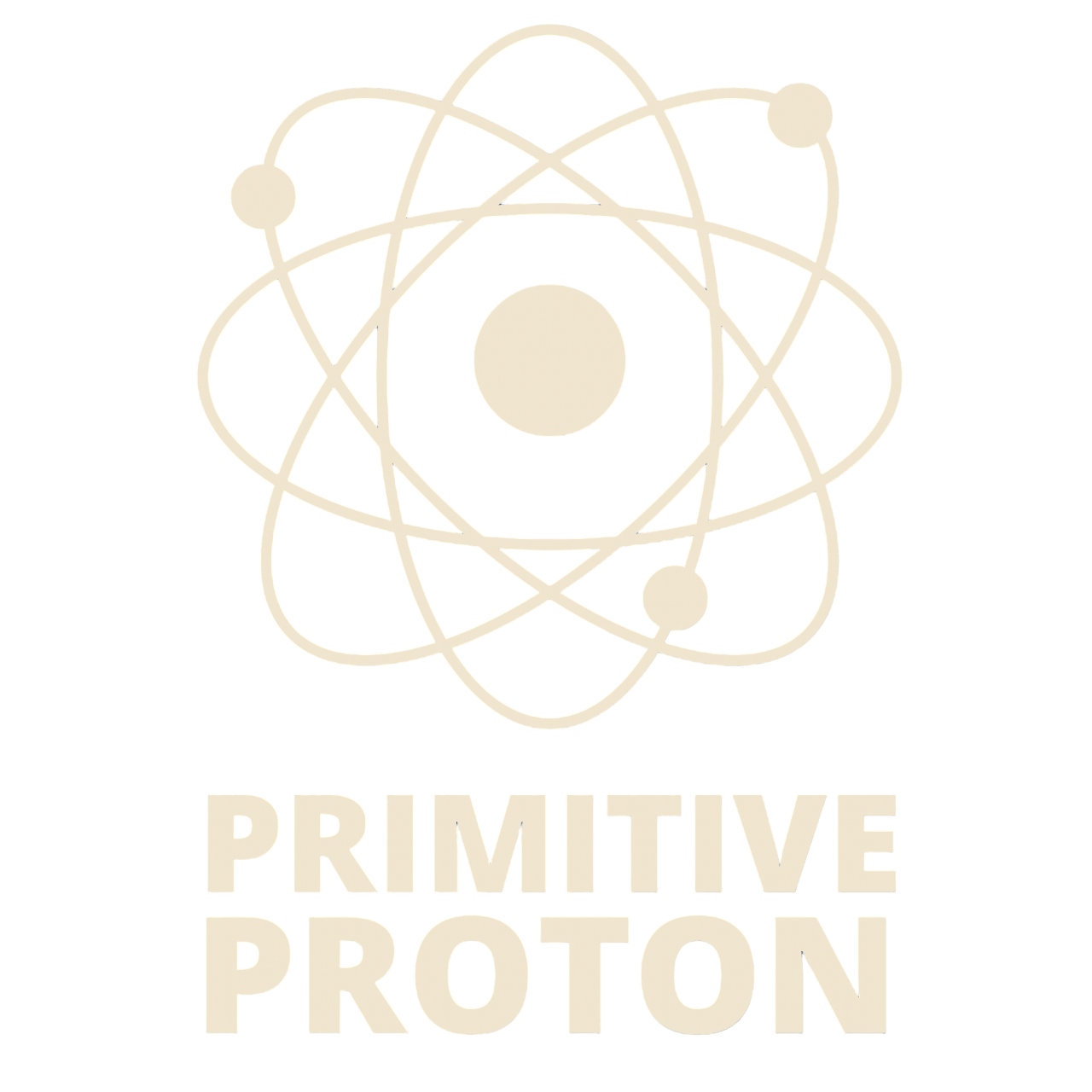Introduction: The significance of theoretical physics in shaping modern science
Our society has advanced by leaps and bounds. Not invoking the role of theoretical physics in this advancement would be a denial of the massive impact it has brought into our lives. Theoretical and experimental physics constitute the realm of physics, which in turn, in the broadest sense, deals with every aspect of nature. There has been a paradigm shift in our understanding of matter, energy, and fundamental forces both on the macroscopic as well as microscopic levels, and theoretical physics has immensely contributed to the flow.

Though springing up quite late in human history, theoretical physics as a field serves as a torchbearer to many scientific innovations and explorations. Quite a number of breakthroughs have been an outcome of the various thought experiments arising in some of the brilliant minds, and some have even transcended the boundaries of physics, touching domains from cosmology and astrophysics to biology and even artificial intelligence. Undoubtedly important in the yesteryears, the present-day context has made ethical considerations in scientific pursuits more critical than ever.
A glimpse into the early history of theoretical physics and its growth over time
There is a unique thing about humans – curiosity. Using this gift, people have long wondered about the natural mysteries that encapsulate our world.
Today’s theoretical physics began as a ‘natural philosophy’ where visionaries and great thinkers like Aristotle, Eratosthenes, and Archimedes among others, questioned and explored nature, thereby laying the bedrock of scientific inquiry. Relying on their observations and foundational principles, they unveiled some of the puzzles surrounding natural phenomena.

With time, the contours of theoretical physics began to take form. During the period of the Renaissance, luminaries such as Galileo Galilei, Johannes Kepler, and Isaac Newton carved their imprints on the canvas of reality.
Galileo’s observation of celestial bodies through his telescope was a revolution in the field of astronomy. Newton’s laws of motion transformed the motion of objects and helped in understanding how things behave in day-to-day life. His law of universal gravitation provided the platform on which the heavenly bodies waltz in the universe.
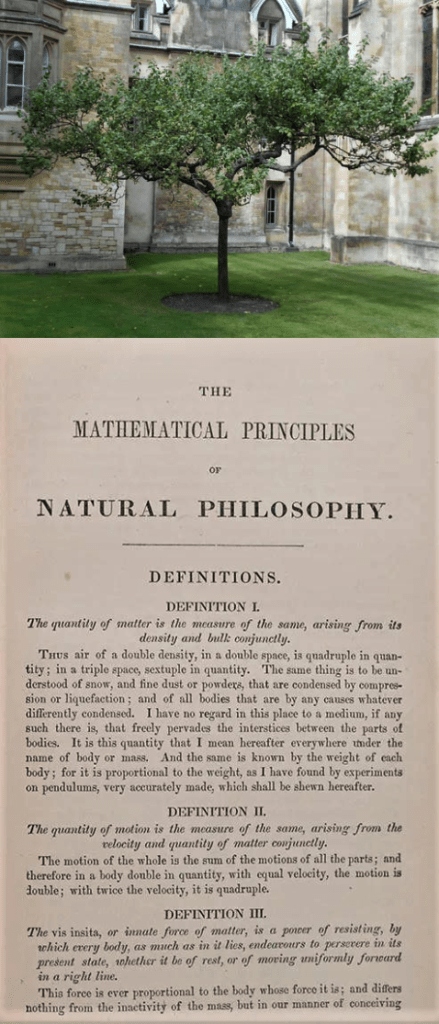
During the 19th century, more advancements in physics occurred with concepts of electromagnetism, energy conservation, and thermodynamics coming into play. Michael Faraday’s work on electric currents and magnetic fields gave rise to the never-before understanding of how these two seemingly unrelated areas can unify to produce far-reaching impacts.
Around the same time, James Clerk Maxwell, a Scottish physicist, made a sparkling connection between electricity, magnetism, and light, formulating the theory of electromagnetism. His equations for electromagnetism are widely regarded as the “second great unification in physics”, the first one being that of Newton.
The 20th century strengthened the field of theoretical physics even further. Albert Einstein, through his thought experiments that converged into the special theory of relativity, revealed that the laws of physics are the same and hold true in all inertial frames. Also, the speed of light is same for all observers and is the limiting factor for any object in the universe. His general theory of relativity completely changed how we perceive gravity – it was no longer a force acting between two bodies at a given distance but emerged from the curvature of spacetime.
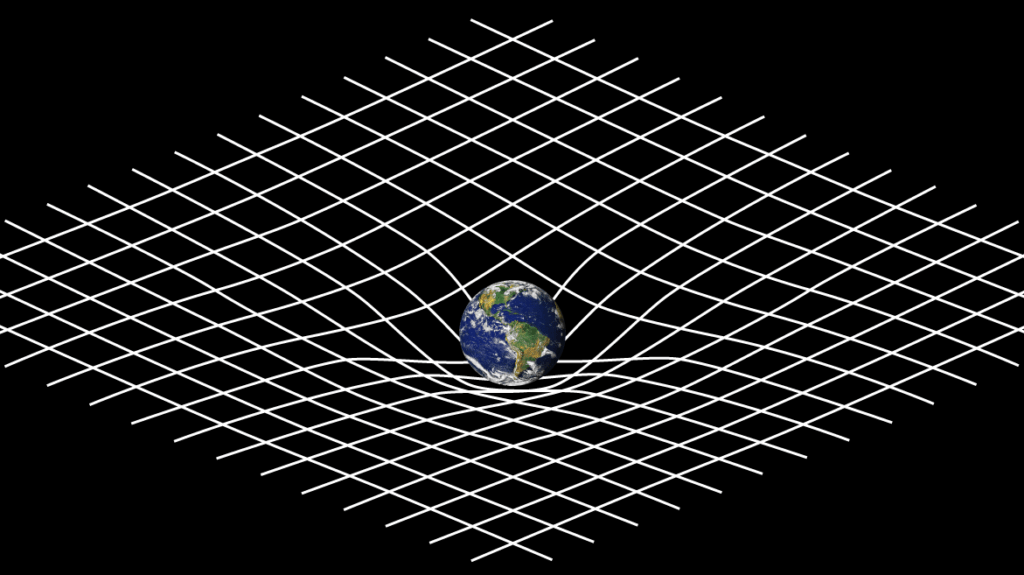
Another prominent pillar of theoretical physics that was taking shape was that of Quantum Mechanics. It is the science of matter and energy at the most fundamental level, on the atomic and sub-atomic scales.
Prominent figures such as Max Planck, Niels Bohr, Werner Heisenberg, Erwin Schrödinger, and other contemporary scientists work uncovered the properties and behaviors of the very building blocks of nature. The concepts of Quantum Mechanics are mostly non-intuitive and strange, at least from the lens of a macroscopic world, but have come out with flying colors whenever applied to problems in physics.
Today, just as our universe is expanding and accelerating, the field of theoretical physics is broadening to multiple domains, and theoretical physicists are relentlessly moving ahead in their journey of understanding how our universe works, from its origin to its nature and structure, carrying the torch of knowledge and wisdom imparted by their predecessors.
Understanding the interconnection of science and ethics
As scientists venture into exciting developments, they need to be aware of the potential implications of their research and actions on society, the environment, and future generations. Scientists should diligently ensure that their methods uphold fairness, safety, and transparency, all while respecting the welfare of humanity at large.
As novel technologies and discoveries come to light, ethical inquiries emerge concerning their application and impact. For instance, the emerging science of nanotechnology has opened the door of possibilities never imagined before but it has also raised many ethical issues regarding its development and applications. Furthermore, scientific progress has the power to influence social and moral values, often challenging prevailing norms and beliefs. In such instances, ethical considerations take center stage, guiding the integration of these advancements into our lives while upholding diverse perspectives.

In some cases, scientific advancements may create strong ethical dilemmas, such as the development of formidable weapons or technologies that threaten the basic privacy rights of individuals. In such moments of introspection, it becomes indispensable to carefully assess the benefits against potential risks and contemplate the far-reaching implications.
Comprehending the relationship between scientific progress and ethical considerations necessitates achieving a harmonious equilibrium. An imperative balance needs to be made among the participating agents including scientists, policymakers, and society at large.
Complexities will surely arise, and it is for the participants to ensure that ethical principles do not get compromised, the greater good is safeguarded at all costs, and the path walked upon is guided along the dimensions of moral responsibility and sustainability.
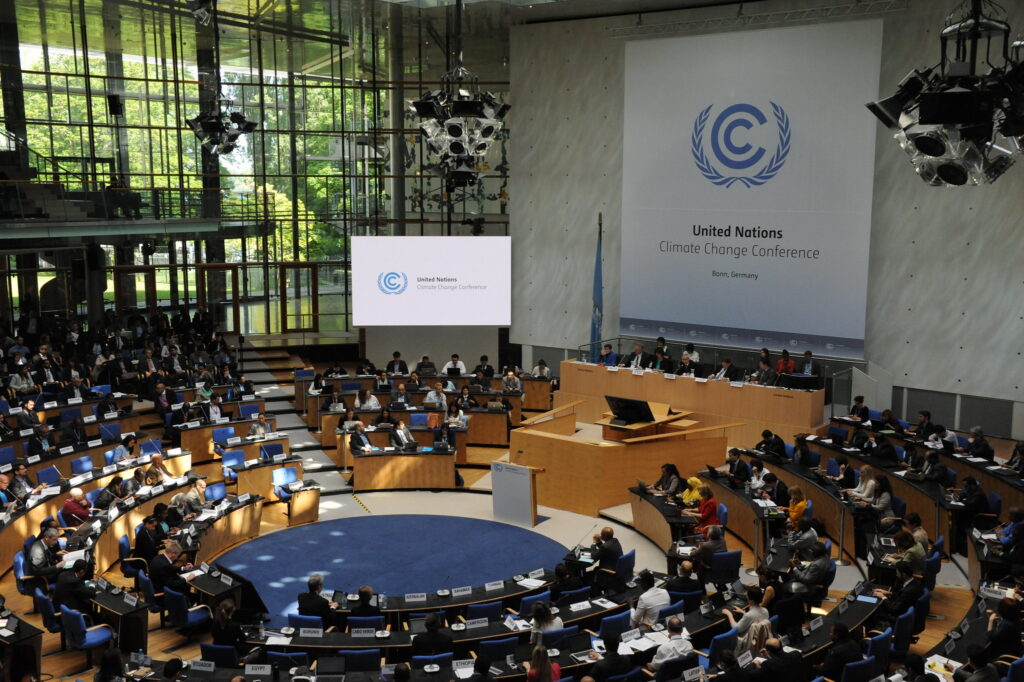
Examining the possible ethical dilemmas faced by Einstein and Oppenheimer
Einstein and Oppenheimer, two prominent personalities in theoretical physics, can be regarded as the fulcrums around which nuclear physics evolved. They undoubtedly had exceptional intellect but were not untouched by a few moral and ethical conundrums in their career.
It was the time of the beginning of the World War II. Hungarian physicist Leo Szilard, who had recently become an American citizen, was intensely concerned about nuclear science falling into the hands of the wrong people – the Axis Powers. He, along with fellow scientists, including Einstein, drafted and sent a letter to then U.S. President Franklin D. Roosevelt.
The now-famous Einstein-Szilard letter highlighted the breakthrough in nuclear fission and its potential military applications during the war. Their concern was that Nazi Germany might forge ahead in harnessing this power, putting the world on the brink of an apocalyptic catastrophe under Hitler’s shadow.
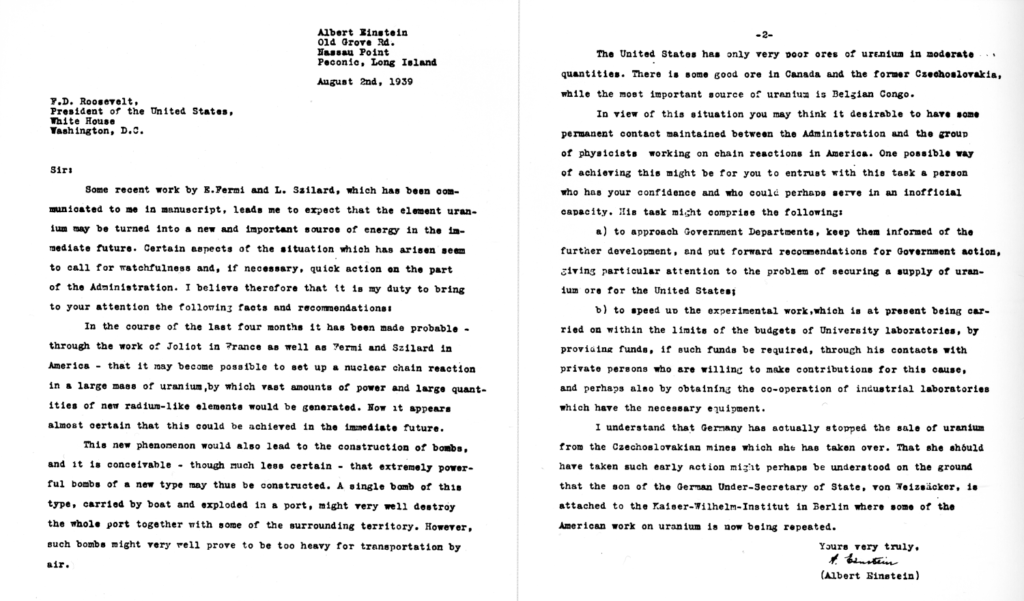
Einstein’s stature lent weight to the letter, which implored the U.S. to fund nuclear research to prevent Nazi Germany from taking the lead. While Einstein didn’t directly contribute to the Manhattan Project, his iconic equation, E=mc², paved the intellectual runway for grasping the colossal energy concealed within atoms. Paradoxically, this groundbreaking work unintentionally laid the groundwork for atomic weaponry, a realization that weighed heavily on Einstein’s conscience.
Einstein’s journey underscores the intricate ethics that emerge when scientific strides have dual-edged consequences. His latter-day commitment to pacifism and disarmament mirrored his resolve to navigate these ethical shoals, driven by his roles as a scientist and public figure.
On the other hand, J. Robert Oppenheimer, scientific director of the Manhattan Project, found himself to be at a first-hand ethical crossroads. Being responsible for creating an atomic bomb, Oppenheimer’s dilemma emanated from its actual usage that could alter the shape of history altogether, with his conscience being pulled down by the gravity of the unfathomable destruction.

As the project evolved, the moral ripples of using the bomb on civilian populations began to unsettle Oppenheimer and his colleagues. The ethical compass swayed: Was the immediate outcome warranted by the potential human cost? The bomb’s creation certainly took on a different aspect when considered against the backdrop of its consequences.
Oppenheimer’s introspections found voice in his iconic quote following the successful atomic test, a paraphrase of the Bhagavad Gita, “Now I am become Death, the destroyer of worlds.” This poignant sentiment reflected not just the death-driven aspect but also his internal moral turmoil, acknowledging the cataclysmic power the project had brought to life.
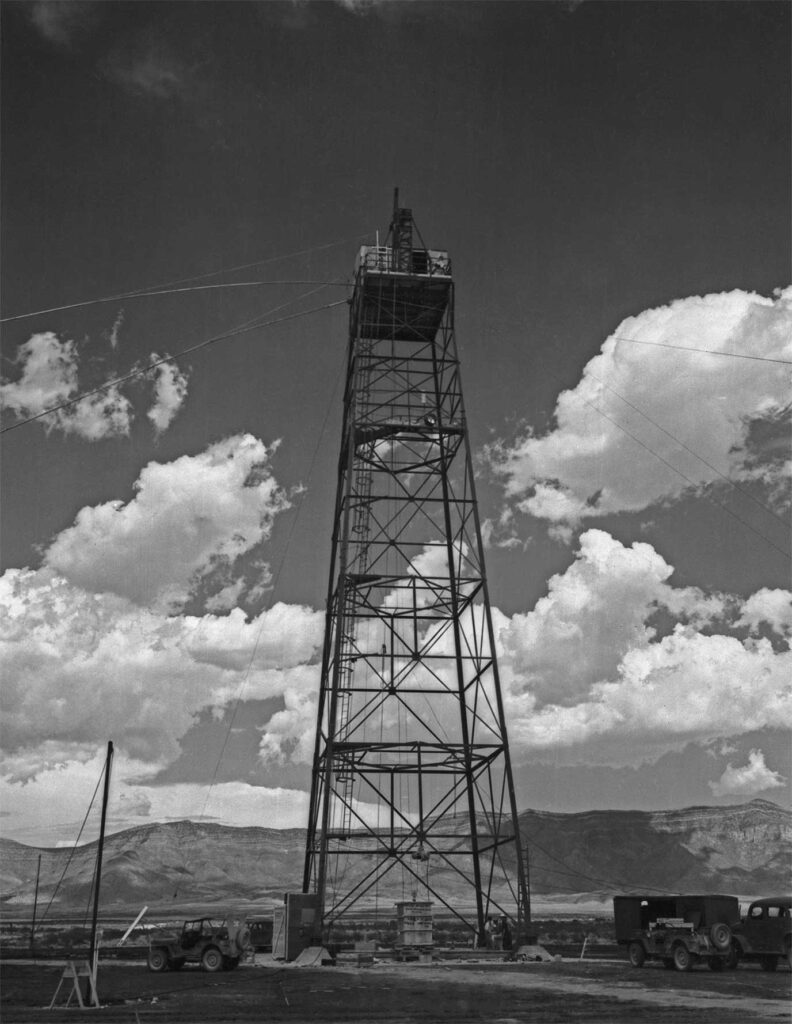
Despite his patriotic duty to assist the Allied Powers during the war, Oppenheimer bore the weight of accountability for the unprecedented devastation inflicted upon Hiroshima and Nagasaki. The heinousness of human suffering and loss of life troubled him to the core and left an ineffaceable mark on his ethical perspective.
“We knew the world would not be the same. A few people laughed; a few people cried. Most people were silent. I remembered the line from the Hindu scripture, the Bhagavad Gita. Vishnu is trying to persuade the prince that he should do his duty, and to impress him, takes on his multiarmed form and says, ‘Now I am become Death, the destroyer of worlds.’ I suppose we all thought that, one way or another.”
– J. Robert Oppenheimer
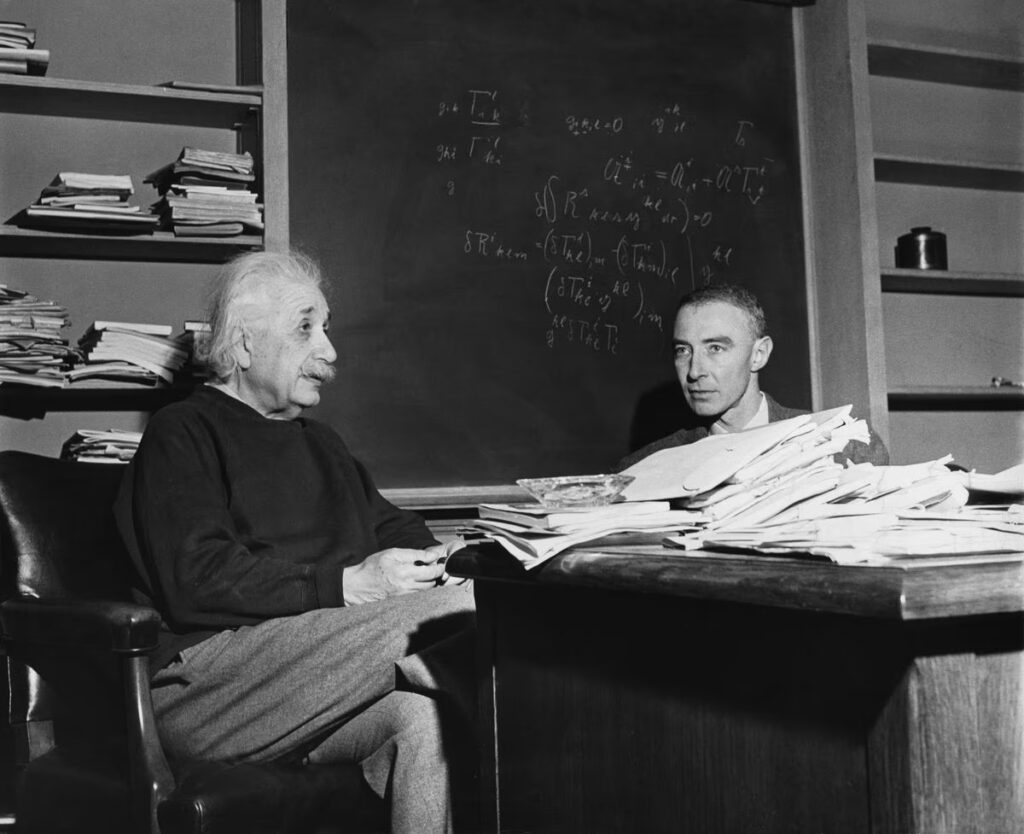
An excerpt from Oppenheimer’s lecture delivered at UNESCO House in Paris in December 1965: “Einstein is often blamed or praised or credited with these miserable bombs. It is not in my opinion true. The special theory of relativity might not have been beautiful without Einstein; but it would have been a tool for physicists, and by 1932 the experimental evidence for the inter-convertibility of matter and energy which he had predicted was overwhelming. The feasibility of doing anything with this in such a massive way was not clear until seven years later, and then almost by accident. This was not what Einstein really was after. His part was that of creating an intellectual revolution, and discovering more than any scientist of our time how profound were the errors made by men before then. He did write a letter to Roosevelt about atomic energy. I think this was in part his agony at the evil of the Nazis, in part not wanting to harm any one in any way; but I ought to report that that letter had very little effect, and that Einstein himself is really not answerable for all that came later. I believe he so understood it himself.” – The New York Review.
Addressing ethical challenges in science
The significance of interdisciplinary collaboration in tackling ethical challenges in science cannot be emphasized enough. Ethical issues in science often transcend the boundaries of individual disciplines, necessitating insights from diverse fields to grasp their full implications and devise effective solutions.
When scientists from different disciplines collaborate, they bring forth unique perspectives and expertise. This diversity enables a more comprehensive understanding of the ethical dimensions of scientific advancements. The fusion of ideas and methodologies from disparate fields can lead to novel approaches and unconventional solutions. Additionally, interdisciplinary collaboration acts as a bridge between scientific pursuits and societal needs.
For example, amidst global climate change concerns, scientists are exploring innovative solutions to mitigate its effect. The “Arctic Ice Project” is an initiative that aims to restore the Arctic using a novel materials approach. The central idea is deploying a thin layer of minuscule hollow glass microspheres across strategically chosen areas of the Arctic with the aim of enhancing the reflectivity of sea ice. This process emulates natural mechanisms, redirecting solar energy away from our atmosphere and contributing to the restoration of the Arctic.
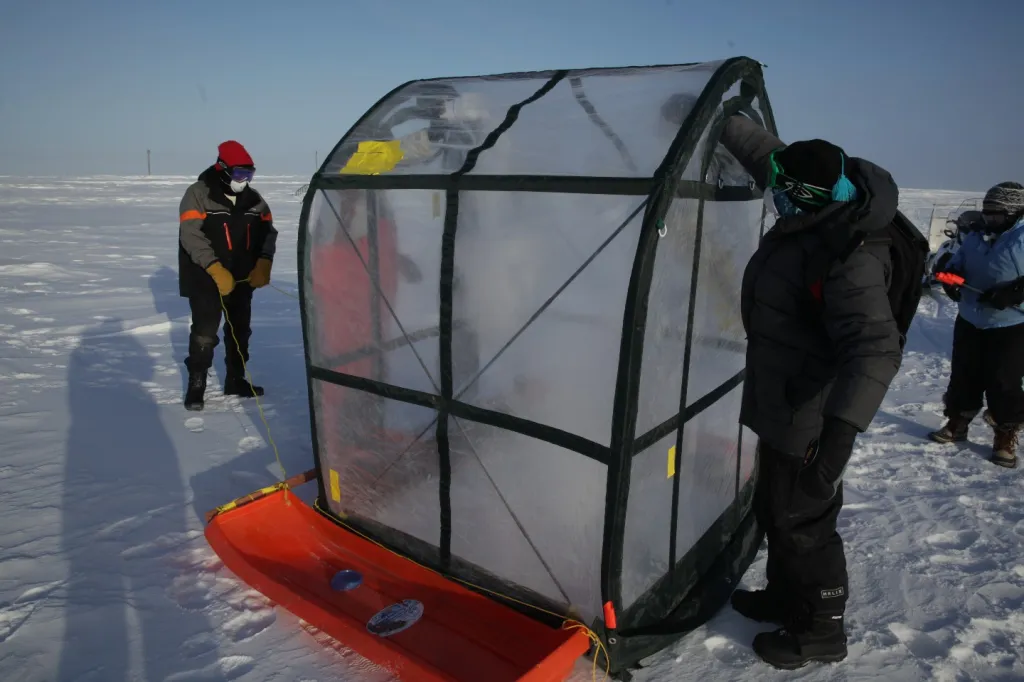
While physicists and environmental scientists work together to create models involving various geoengineering techniques, ethicists, in collaboration with these scientists, can implore the moral implications of these processes and the responsibilities of those applying this technology. Through this interdisciplinary collaboration, researchers can develop ethical frameworks and guidelines for responsible geoengineering research and deployment.
They can consider a number of factors, including but not limited to – informed consent from affected communities, global governance mechanisms, and risk assessment protocols. This approach ensures that technological solutions to environmental challenges are aligned with ethical values, minimize unintended consequences, and engage with a wider societal perspective.
Applying philosophy concepts to science
While physics, and science in general, explore and aim to understand the natural world, ethical dilemmas can stem from different facets, such as the technology being used, the repercussions of research, and the impact on society. A few philosophical concepts can come in handy in such situations.
- Utilitarianism – It is one of the most influential approaches to ethics and is based on the notion that the morally right action is the one that produces the most good and maximizes overall happiness or utility. For example, while conducting experiments or developing new technologies, scientists may assess the potential benefits against the negative consequences arising from it.
Over the centuries, there have been many varieties of utilitarianism such as theological utilitarianism (the belief that promoting happiness was obligatory for us as per God’s will), classical utilitarianism (revolving around happiness on account of legal and social reforms), and the ideal utilitarianism (the notion that we ought to promote good, but the good includes far more than what could just be reduced to pleasure). - Deontology – Widely associated with the philosopher Immanuel Kant, deontology revolves around the realm of moral theories that steer and judge our choices in the context of what we ought to do, rather than what kind of person we are and should be. Scientists can apply deontological ethics by regularly assessing whether their research respects human dignity, individual rights, and ethical norms, even if it doesn’t necessarily yield the greatest overall happiness.
- Virtue Ethics – It emphasizes the virtues, or moral character, and the development of virtuous traits. The two concepts central to virtue ethics are – virtue and practical wisdom. A virtue is a disposition, truly inherent to a person’s character. On the other hand, practical wisdom is the knowledge that an individual possesses, to “do the right thing”, in any given situation. Scientists can reflect on whether their actions reflect honesty, truthfulness, integrity, and far-sightedness.
- Consequentialism – A broader category that involves utilitarianism, consequentialism is the doctrine that evaluates actions based on their outcomes or consequences. Scientists can apply consequentialist thinking to assess the potential effects of their research, not only the immediate ones but also the downstream impacts on society, the environment, and future generations.

“So many people today—and even professional scientists—seem to me like somebody who has seen thousands of trees but has never seen a forest. A knowledge of the historic and philosophical background gives that kind of independence from prejudices of his generation from which most scientists are suffering. This independence created by philosophical insight is—in my opinion—the mark of distinction between a mere artisan or specialist and a real seeker after truth.”
– Einstein to Thornton, 7 December 1944
A real-life ethical dilemma in science
The Large Hadron Collider (LHC) at the European Organization for Nuclear Research or “Conseil Européen pour la Recherche Nucléaire” (CERN) is a good example of where utilitarian ethics can be applied to address ethical dilemmas.
The LHC is the preeminent particle accelerator globally, built to probe the fundamental questions in particle physics, including the exclusive Higgs Boson’s existence, the nature of dark matter, and our universe. Several ethical concerns, including potential hazards and substantial financial costs, were raised and inquired during the construction and operation of the LHC.
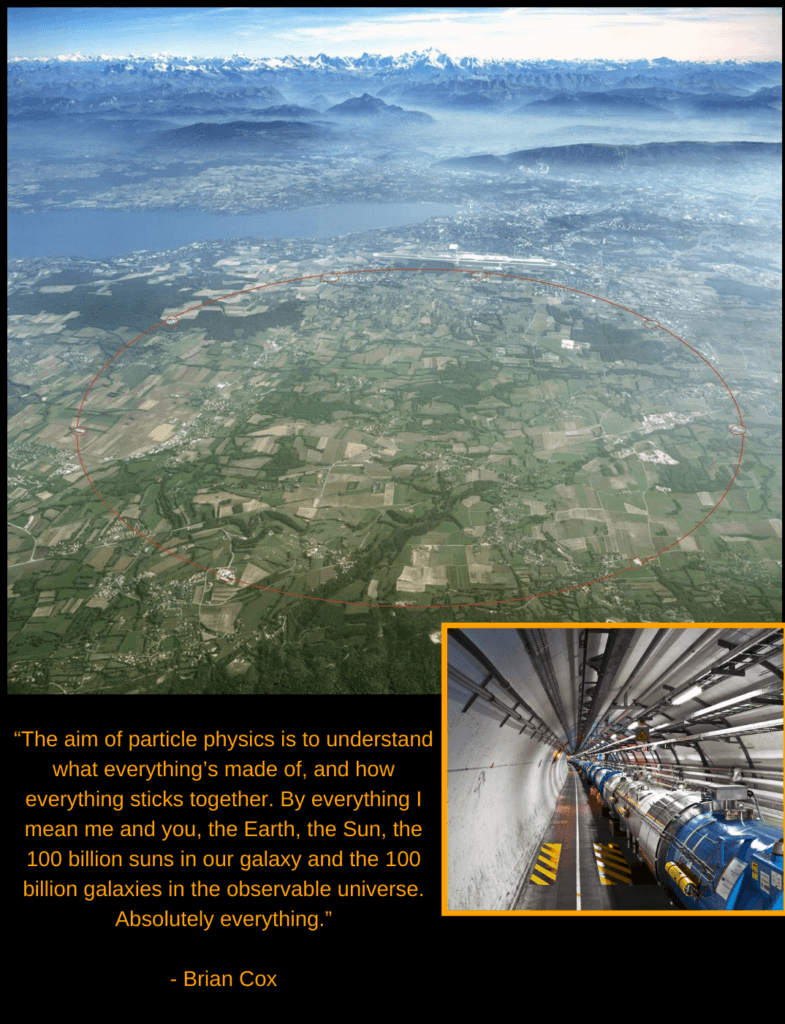
Analysis:
- Benefits: Utilitarian ethics would first dive into the potential benefits arising from the LHC’s experiments. The positive factors are – an enhanced understanding of the fundamental laws of the universe, the potential for ground-breaking discoveries, and fostering international collaboration by uniting people from all over the world to push the frontiers of science and technology, for the benefit of all.
- Resource Allocation: Utilitarians would examine the substantial financial resources invested in building and operating the LHC. They would evaluate whether these resources might have been better allocated to other pressing global issues, such as poverty alleviation, healthcare, food and water shortages, or environmental protection.
- Risks: Utilitarians would also assess the risks associated with the LHC experiments. Concerns included the possibility of creating mini black holes or other exotic particles that could pose threats to Earth and all the life forms. However, scientific consensus and risk assessments concluded that these risks were exceedingly low.
Conclusion: From a utilitarian perspective, the LHC experiments have been justifiable based on the principle of maximizing overall happiness and well-being. While substantial resources were invested, the potential benefits in terms of scientific knowledge, technological advancements, and global collaboration largely outweigh the relatively minimal risks. The pursuit of fundamental scientific understanding can have far-reaching implications for society and thus was considered a morally sound endeavor. The discovery of Higgs boson, the mass-giving field was discovered in 2012 and has since benefitted many different areas of society and will continue expanding as research progresses.

It is important to note that utilitarianism in this case does not discount ethical apprehensions or prospective risks but rather seeks to balance them against potential benefits, thus ascertaining the overarching ethical path.
Final Reflections
Science has the extraordinary power to transform our world for the better, but it also wields the potential to bring unintended consequences. To navigate this perilous terrain, we must prioritize ethical introspection at every stage of scientific inquiry.
We must not only ask “Can we do it?”, but also “Should we do it?”. The quest for knowledge should go hand-in-hand with the pursuit of wisdom, virtues, and responsibility. While we endeavor to unveil the layers of our ignorance and harness the forces of nature, our role as watchful protectors of the planet and its myriad life forms should never waver.
The way forward, then, is to be stewards of both knowledge and conscience. Let us imagine a future where scientific progress is not measured solely by its technological marvels but by its ability to uphold human dignity, protection of ecosystem, and promoting societal well-being. In this future, ethical principles are not mere afterthoughts but rather the guiding stars in our journey to enlightenment. The question that lingers is not whether science can advance, but how we can ensure it advances in a manner that reflects the very best of our humanity.

Notes:
- Stanford Encyclopedia of Philosophy
https://plato.stanford.edu/index.html - The Manhattan Project: An Interactive History
https://www.osti.gov/opennet/manhattan-project-history/index.htm - Ethical Issues
https://www.britannica.com/browse/Ethical-Issues

Subscribe to Primitive Proton Newsletter
Sign up to keep up to date with the latest news and curated blogs in the world of space, science, and technology.
Your email is never shared with anyone. You can opt out anytime with a simple click!
WE PRIORITISE PRIVACY.
